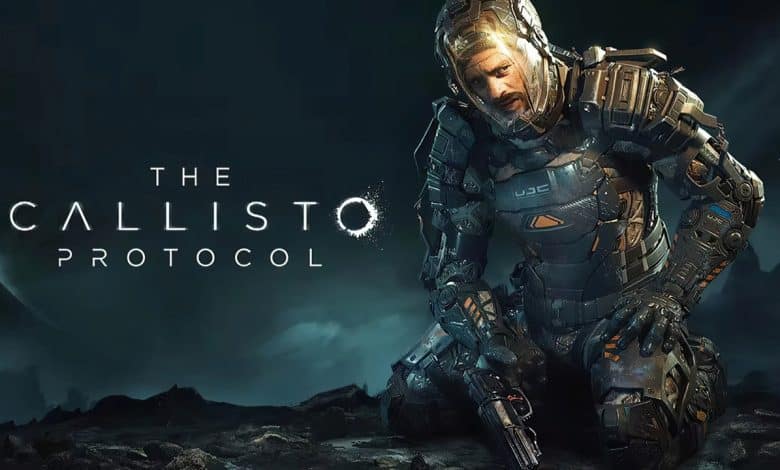
At the time of writing these lines, you've probably heard that The Callisto Protocol has divided gamers, primarily over the technical issues it carried at launch. And I use the past tense because thankfully we weren't dealing with another case of Batman: Arkham Knight and any issues, most notably the frequent stuttering due to shader compiling having been eliminated within a few days. Now the game is completely playable, with no issues, at least not of a technical nature. I personally feel lucky that we didn't receive the review code much earlier than the release date and had to suffer this situation, and at the same time, relieved that I won't have to be harsh towards it.
On the surface, one can tell that this is a very refined production, with high standards. On the visual side especially, the result is surprising considering that this is a title that runs on Unreal Engine 4 and the end result is easily one of the 2-3 most impressive games that currently exist. From the detailed textures on environments and characters, to the stunning environmental effects and lighting. All of this adds its own little bit to build a solid sci-fi horror atmosphere that makes immersing ourselves in The Callisto Protocol universe an effortless task. The animations of the characters and the expressions of pain, anguish and other emotions on their faces are believable without straying into the uncanny valley territory.
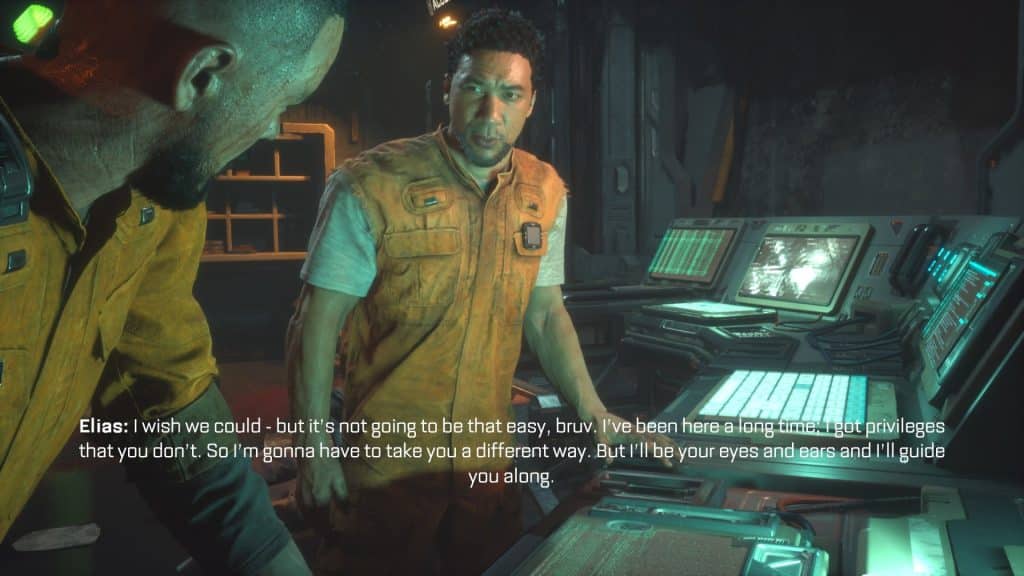
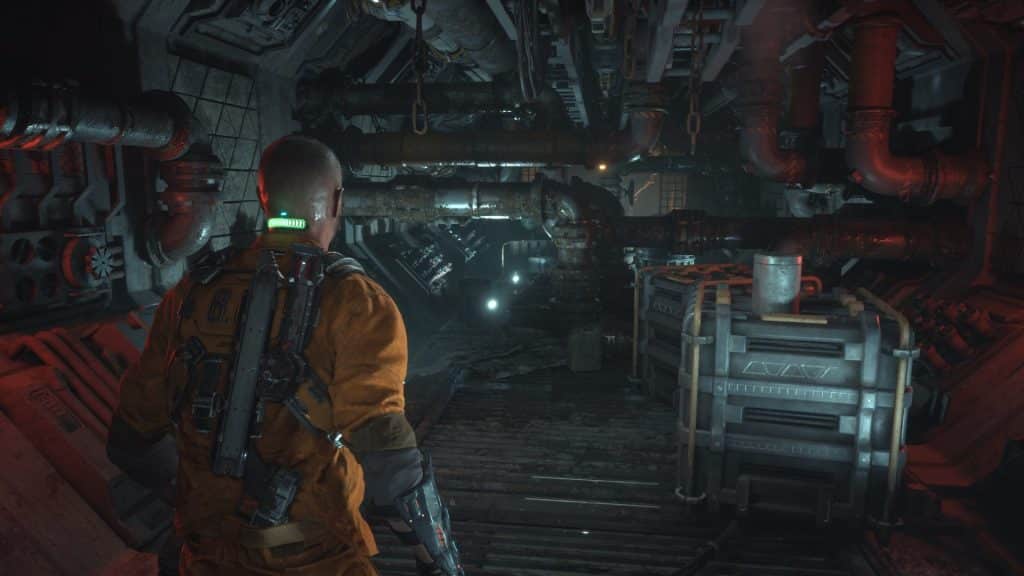
The sound design, an integral element of the atmosphere of a Survival Horror game, is excellent. The sound effects convincingly capture the action and intensity of each moment, whether it's the eerie growl of a creature in the background, the grinding of metal against metal, or steam escaping from pipes, etc. The speeches are some of the best I've come across in a AAA title, with Josh Duhamel, Karen Fukuhara, Sam Witwer and others lending their voices, as well as their physical appearance to the characters in The Callisto Protocol. The music that accompanies the events is pompous, as befits such a title, but at several moments it returns to more languid compositions, conveying the underlying dread. This transition happens in a dynamic way depending on whether there is a threat lurking around, if we have been detected, etc.
In the game we take on the role of Jacob Lee, a freighter pilot for UJC. His latest mission finds him carrying cargo between Jupiter's moons, Europa and Callisto. Along with the ship's co-pilot Max, they had just departed from the Black Iron prison, built on the surface of Callisto, where they delivered the cargo and were suddenly attacked by members of the Outer Way, a purported terrorist group. This will cause them to crash into the surface of the frozen moon. The survivors will be picked up by prison security forces and taken into custody for no apparent reason. We won't stay in our cell long, however, before an epidemic breaks out, and panic ensues.
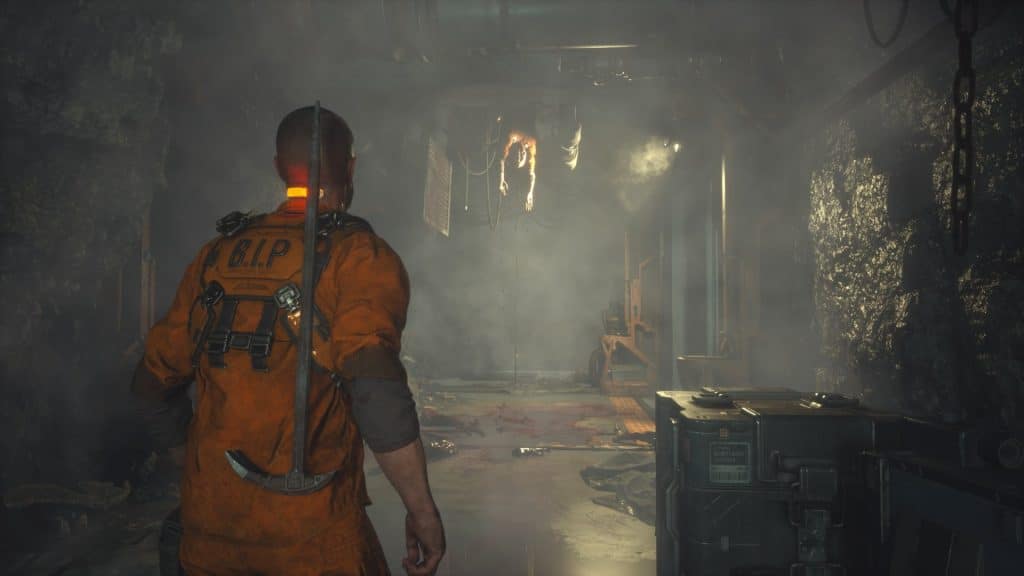
The plot maintains the mystery of why we are in this predicament and what our role is, but it unfolds very slowly and loses interest until the later stages of the game. In fact, for the most part I would say it leans towards the simplicity of the early Resident Evil titles. The reveals come relatively late but at least they tie any loose ends and hint at a possible sequel. To be honest though, I was expecting more in this aspect, although the writing and especially the actors' delivery of the script does not disappoint.
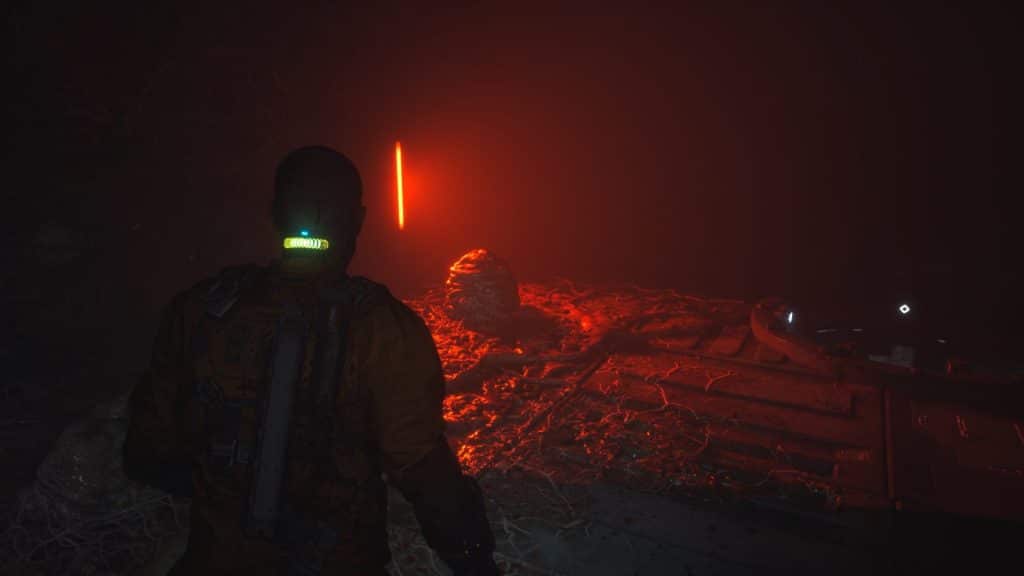
Α heated discussion is going on about whether The Callisto Protocol is a spiritual successor to Visceral Games' titles or not. Striking Distance Studios' game undoubtedly has some concepts borrowed from the aforementioned trilogy (thankfully not the regrettable choices of the third installment). The final takeaway is that it's trying to forge its own path. There are fresh elements here and the deliberate, more methodical (borderline cinematic, for the naysayers) approach to its gameplay that would be unfair to say it's just a Dead Space rip-off. So let's have a look at its inner workings, and highlight its most notable similarities and differences between them.
Much of the game's emphasis is on melee combat, something that wasn't even remotely the suggested course of action in Dead Space. The Callisto Protocol's combat system is novel as it introduces block and evasions, elements that we're not used to seeing in horror games. By holding down S during an attack, we block and limit the damage we take. With A or D we dodge. Specific timing is not required, nor does it matter which side we are being attacked from, as long as we have pressed (and held down) a directional key before the attack hits us. The only thing to be aware of is that as our opponents perform a sequence of blows - 2 to 3 usually - we need to alternate the keys we press on each attack, otherwise our dodges will fail. If we introduce into the equation the ranged weapons we find during the adventure, the combat becomes increasingly interesting and varied, and seamlessly transitions between ranged and melee.
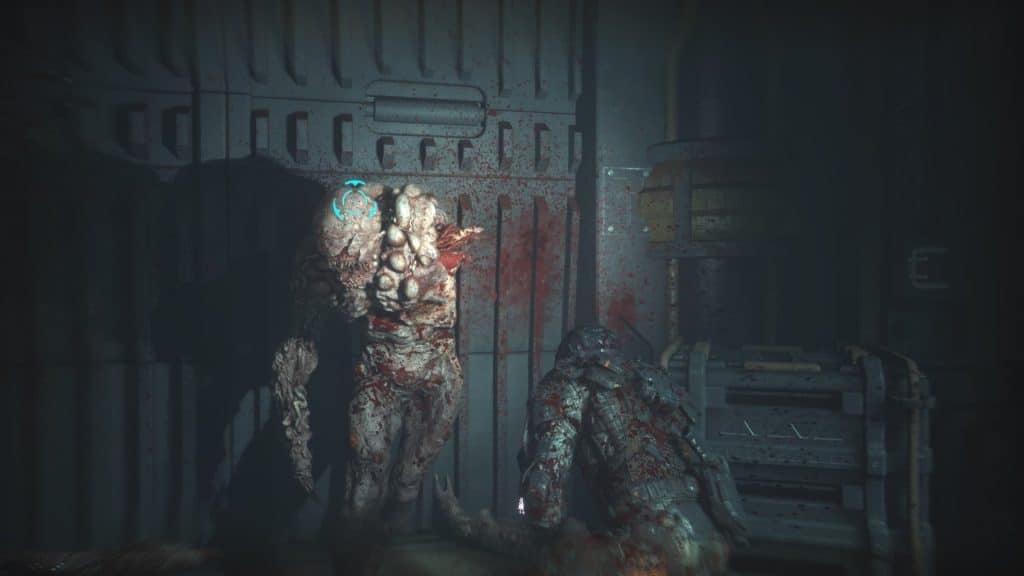
One of the most important weapons (though not in the traditional sense) in our possession is the GRP, a glove that is the equivalent of the Kinesis Module and allows us to grab objects from the environment and hurl them with force at opponents. In The Callisto Protocol, however, we can also grab living targets and throw them at propellers, metal stakes, and other environmental hazards. Even throwing them into walls or other enemies causes them to take damage. Particularly useful for defusing situations where we find ourselves surrounded.
The game's various monsters, while mostly less gruesome and imaginative than their Necromorph counterparts, follow similar patterns of action, with most of them lurking in air ducts and underground tunnels. The dismemberment of their limbs exists here too, but has no effect on whether they fall faster or not. Instead, it affects how often they can attack us, their speed, etc. At some point in the campaign and onwards, when our opponents take enough damage (just before they die) they evolve into stronger and more dangerous forms. If during the transformation, but before it is complete, we destroy their exposed tentacles, we are spared the trouble of having to deal with deadlier enemies.
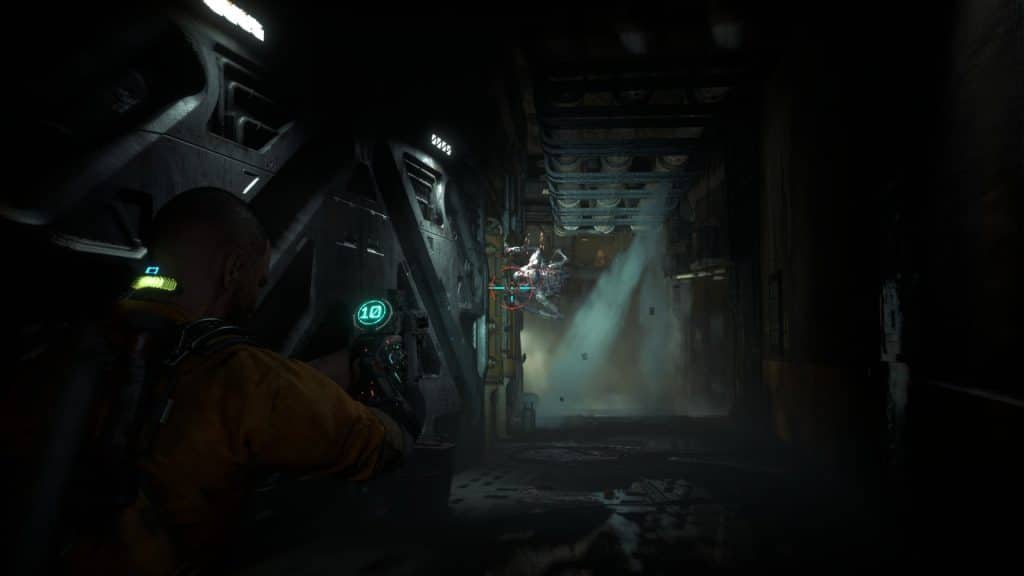
Another aspect that wasn't present in Dead Space is stealth. The segments that we can take our enemies by surprise are usually predetermined, with a hit from behind being suffiecient to take them out, except for the bigger ones. Nonetheless, saving quite a bit of ammunition and avoiding encounters where we are greatly outnumbered is most welcome. The HUD remains simple, and the visual cues for interacting with objects in the environment follow this approach. With the exception of the faint glow of resources, there is no indication of which objects we can pick up with the GRP, which doors can be opened, where we can climb, etc. Waypoints and objective aids are non-existent. But as the maps are relatively linear (with the occasional branching path leading to stashes of supplies) this can be considered a positive, since it ends up enhancing the cinematic feel that The Callisto Protocol wants to deliver.
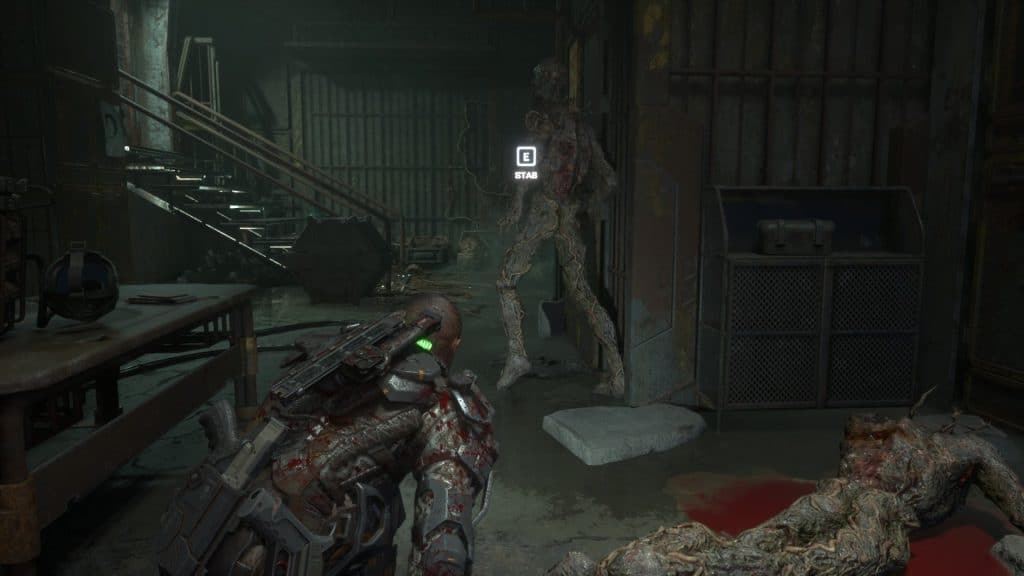
The technical issues may have been resolved. This does not mean that there are no other issues or aspects that need improvement:
- Manual saves. Although we can save our position at any time, we are actually just making a copy of the last autosave. At the very least, the items we collected or the upgrades we made to our weapons, should be saved.
- The weapons for ranged combat aren't as memorable as those in Dead Space. They mostly lack a distinctive secondary fire mode that would make them stand out more from each other. It also doesn't help that they are divided into just 3 categories.
- Overall, it's not as scary or stressful as the first two Dead Space games (it's not without some intense scenes, of course). This is due to the fact that The Callisto Protocol relies heavily on jump scares, which after a while become predictable.
- There is currently no New Game+ that incentivizes replays on higher difficulty, carrying over the upgrades we've unlocked.
The most significant issue has to do with melee combat, when we are facing 3 or more opponents. The camera automatically locks onto the closest one (with the corresponding takes focusing on the dodge animations) and as such, there have been times when I've taken an unfair hit that I didn't see, due to the camera not turning in time to an attacker that was out of my field of view. In some cases I got lucky because I was pressing a direction button and avoided the hit, but in my opinion the creators should have paid more attention to this part. On the other hand, the fact that the enemies attack sequentially rather than simultaneously may have something to do with an attempt to balance the situation I described. This doesn't make The Callisto Protocol unplayable or anything and it motivates us to use all means at our disposal, but it should be emphasized. Moreover, another major issue is the small variety of boss encounters, with one of them being overly rehashed.
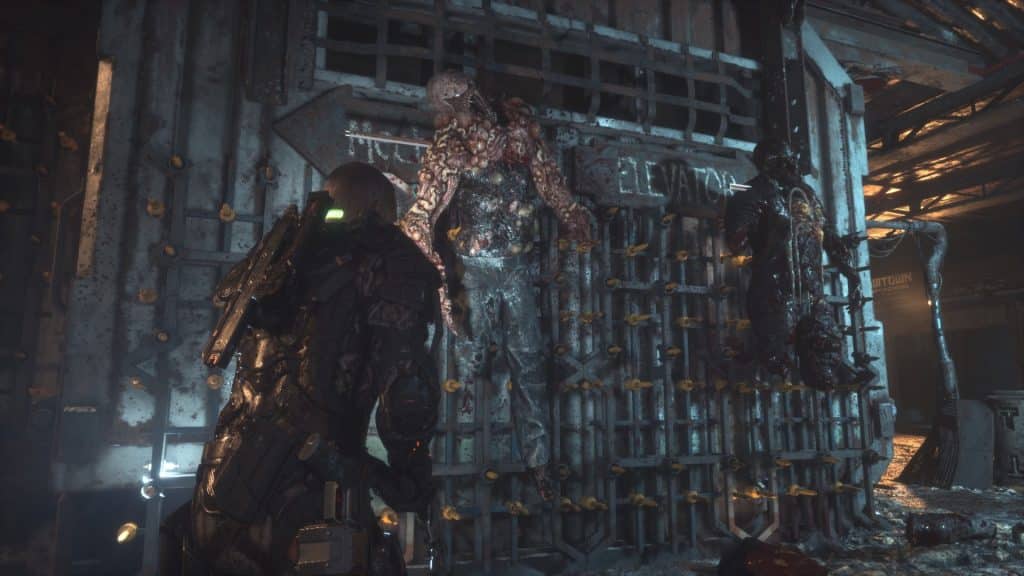
The Callisto Protocol is not the title that will revolutionize the genre, but it does introduce some elements that add variety to its gameplay and doesn't devoutly stick to the works that paved the way for it. For the first outing of a newly formed company (let's not fool ourselves, Dead Space veterans are the minority in this team) it is deemed adequate. Having said that, we have higher expectations for a future entry in the franchise.
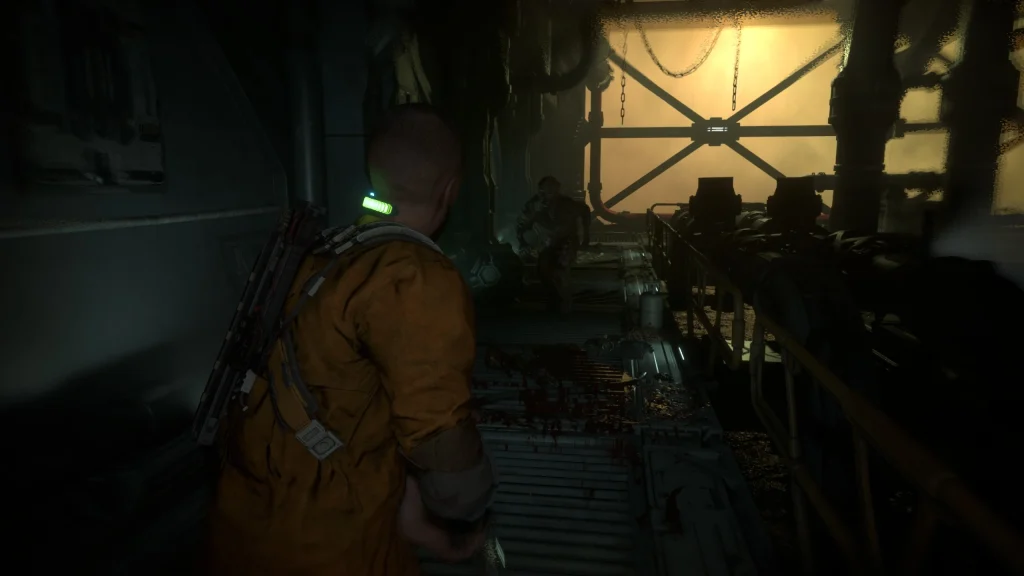
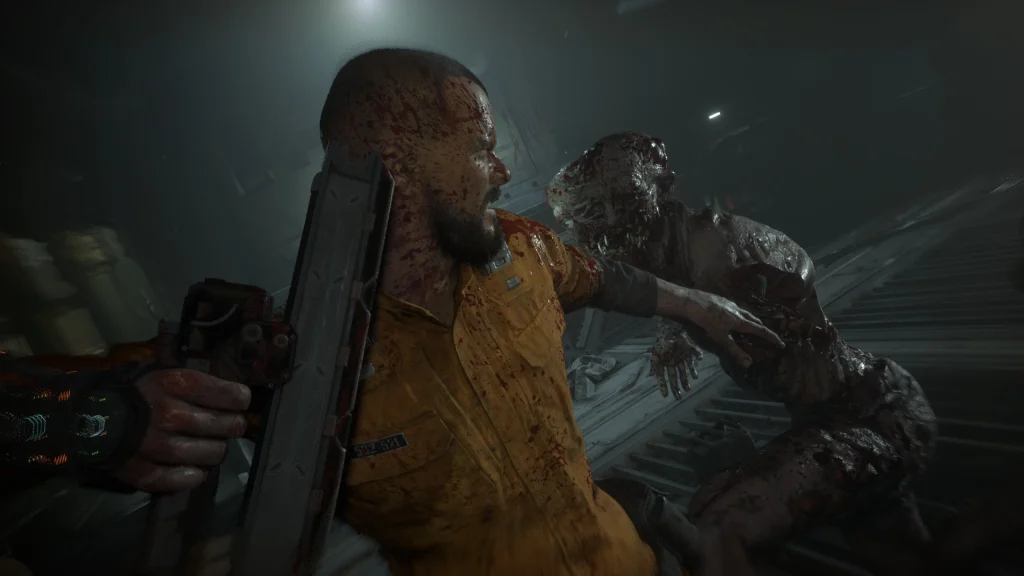
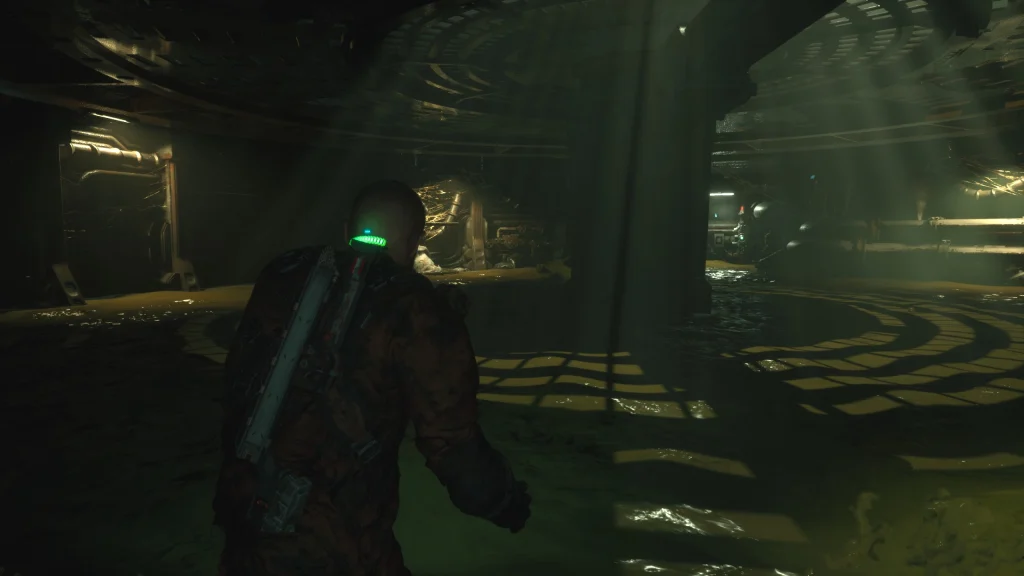
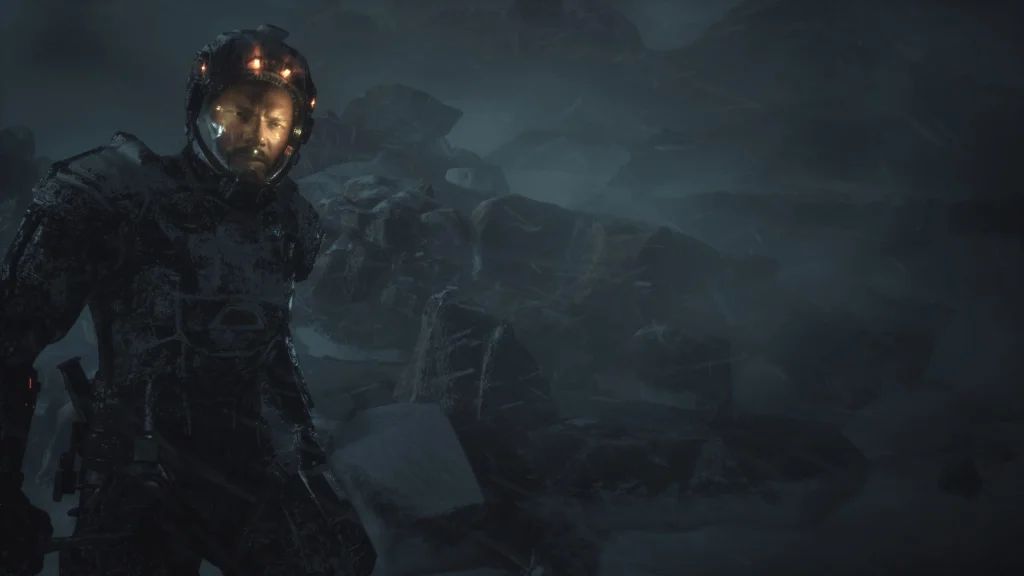
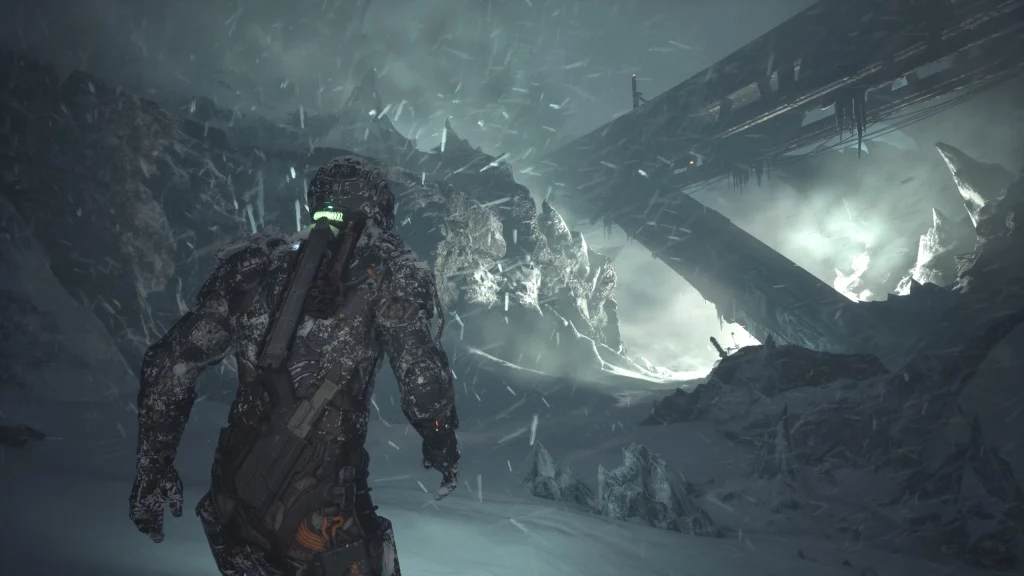
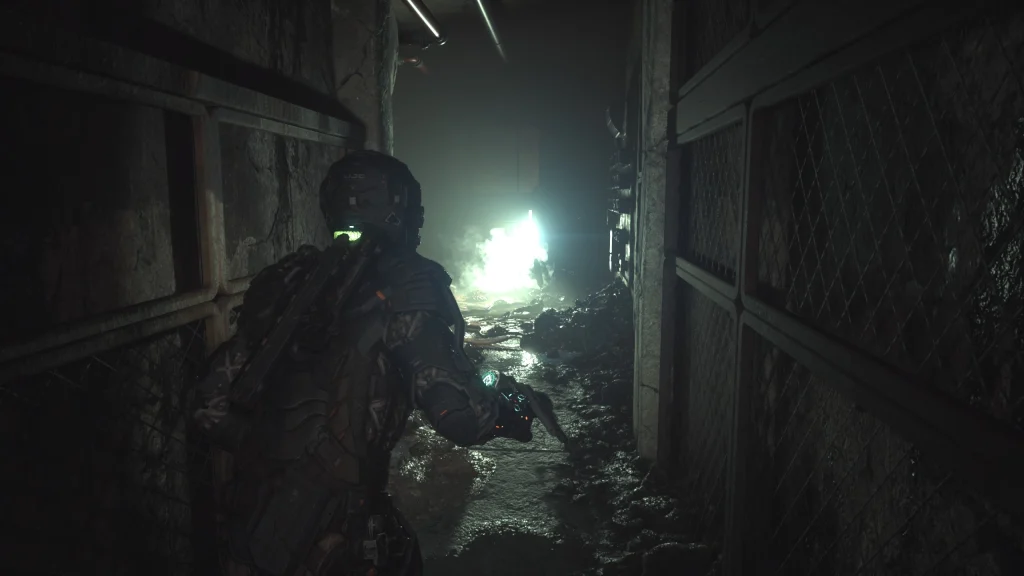
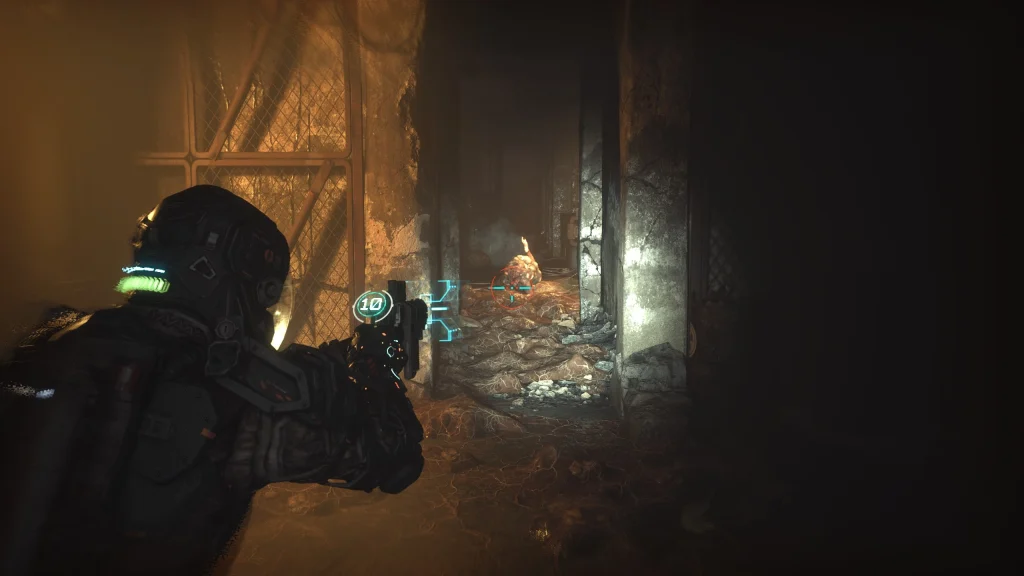
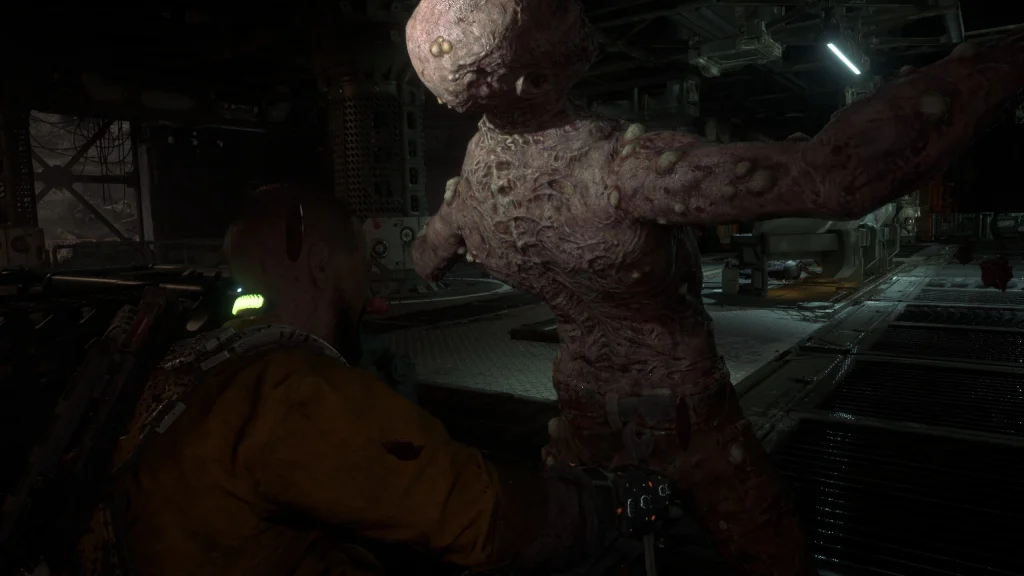
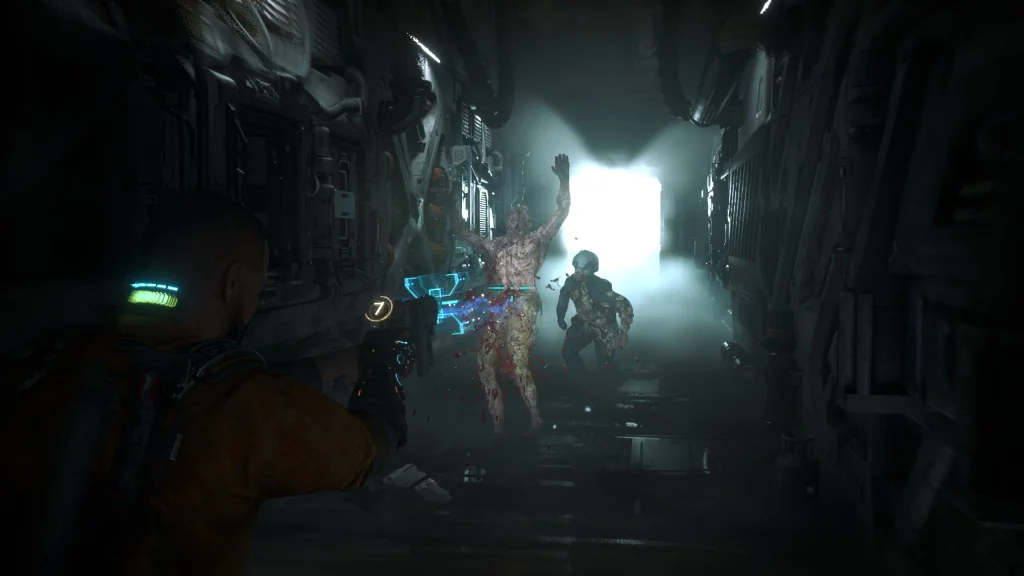

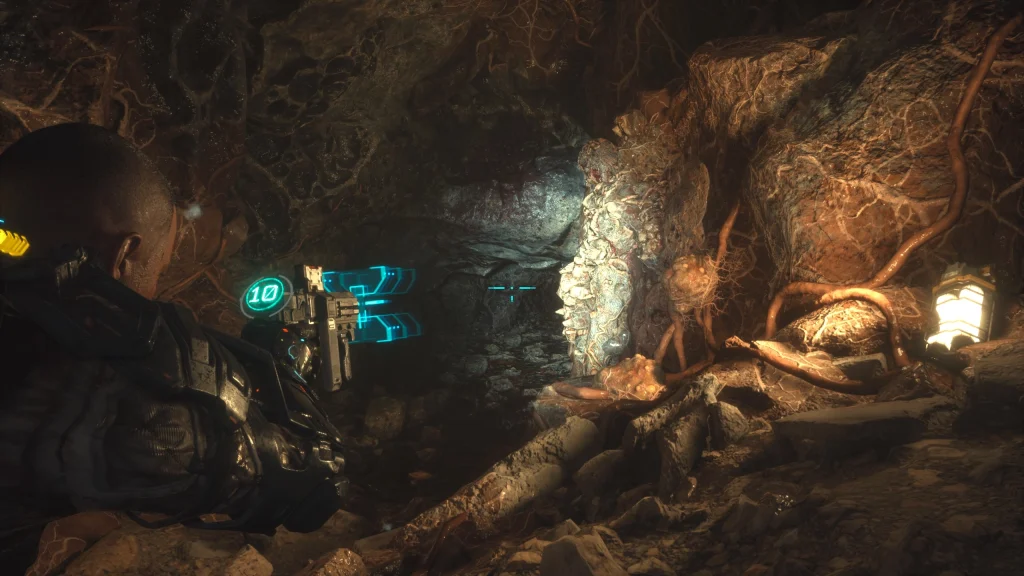
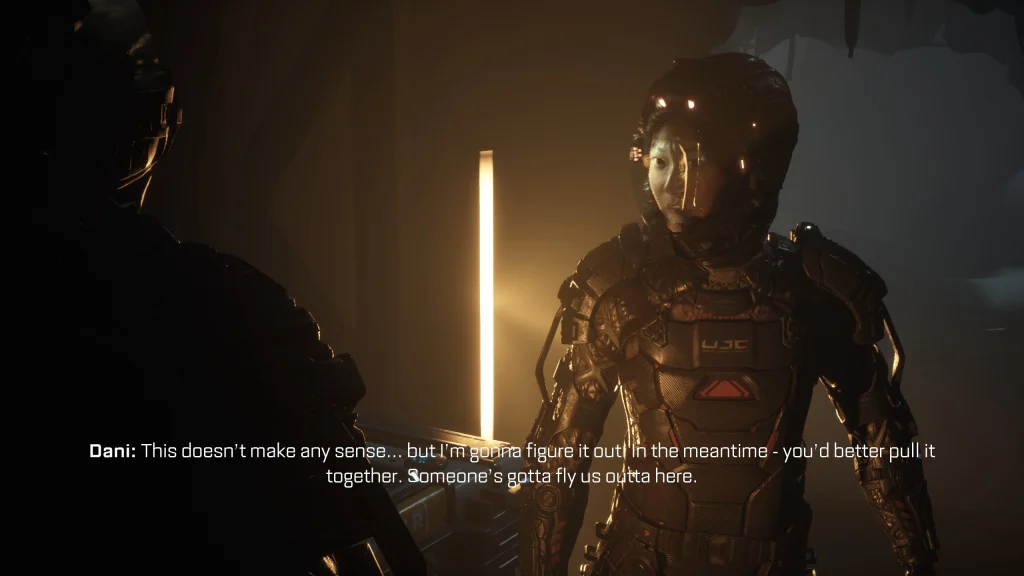
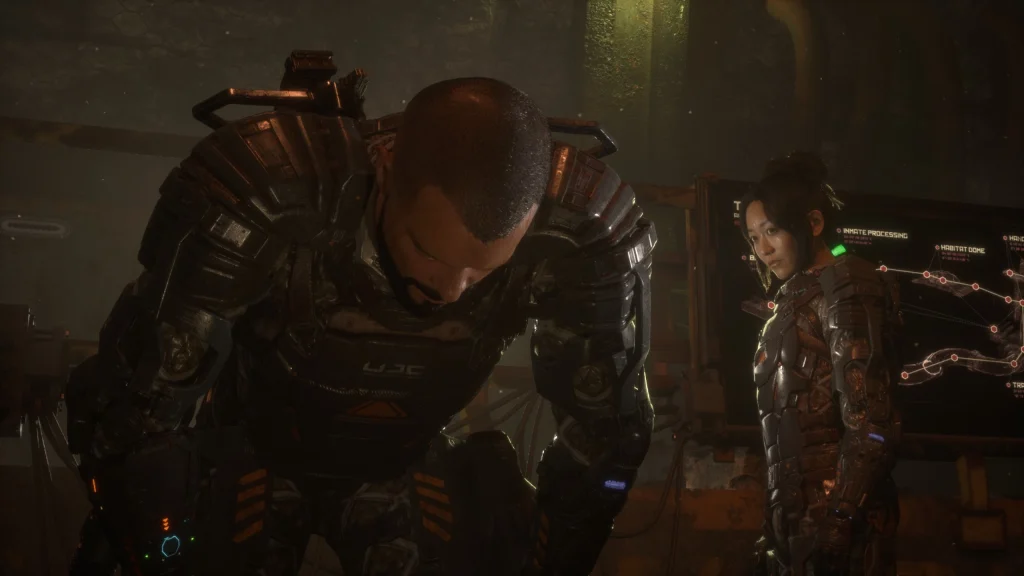
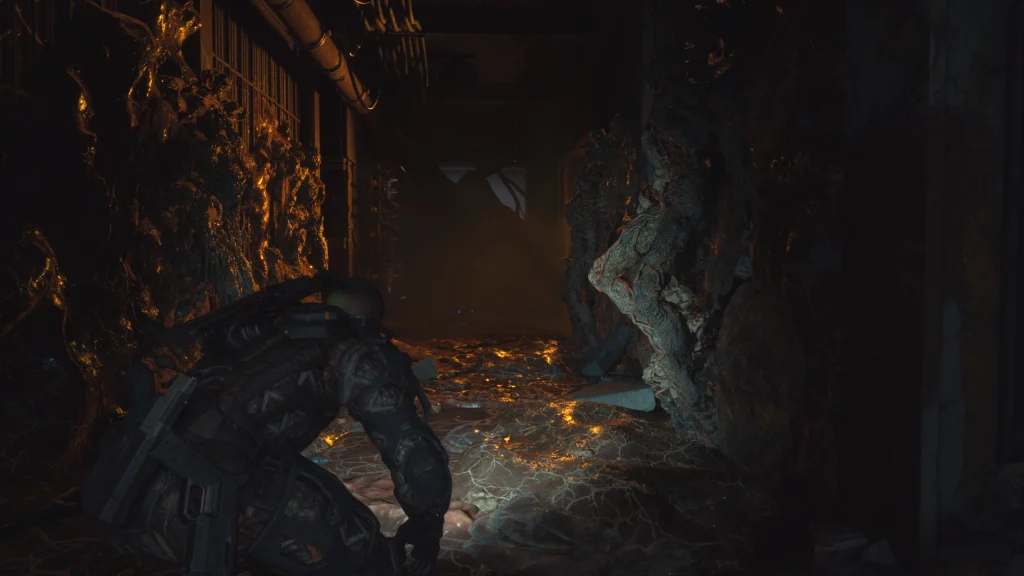
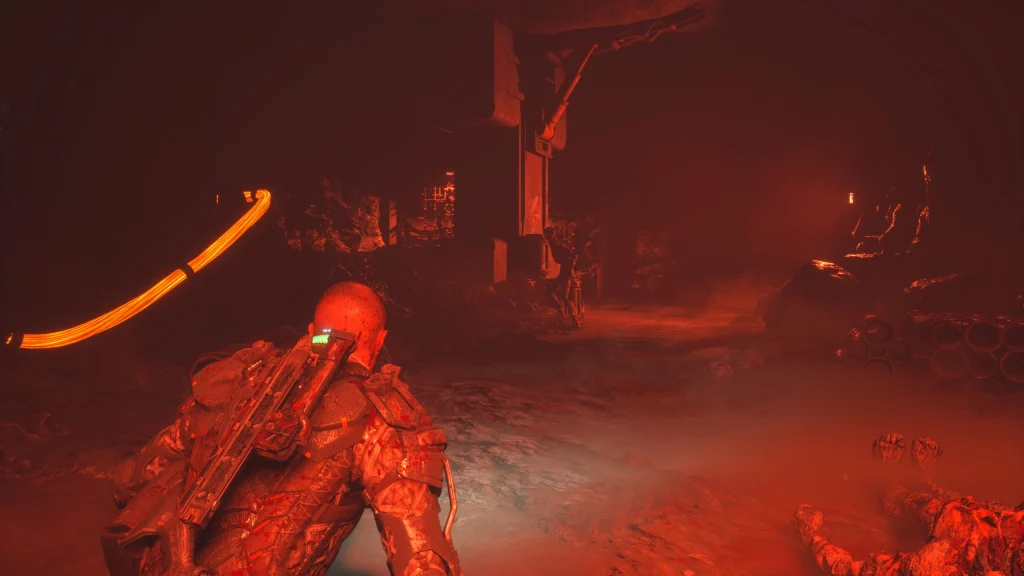
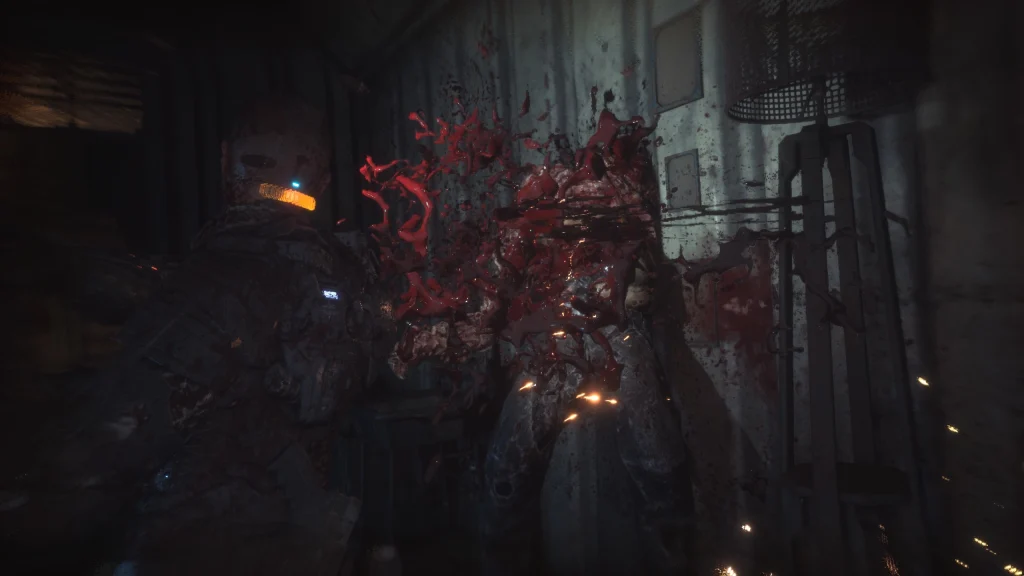
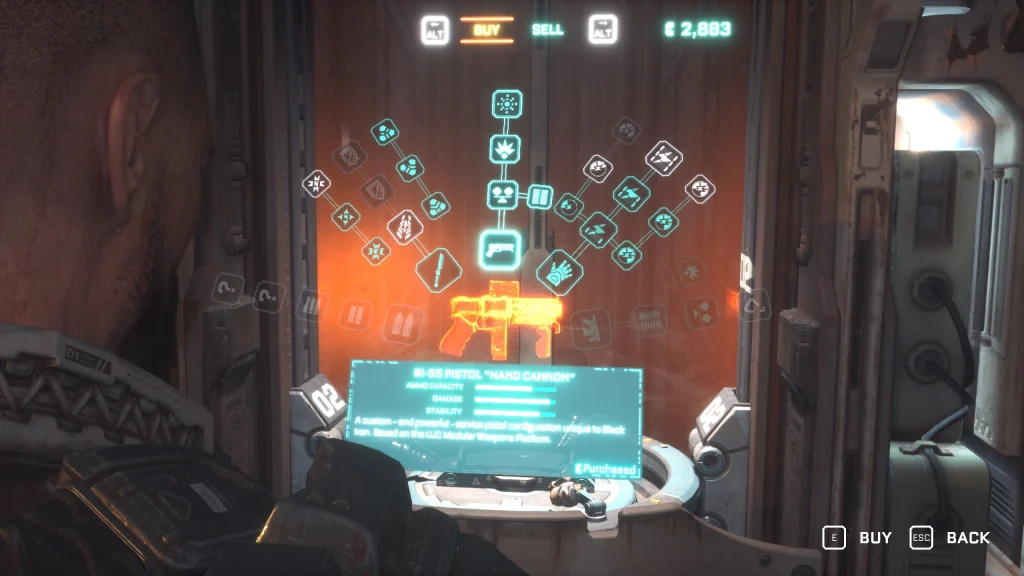
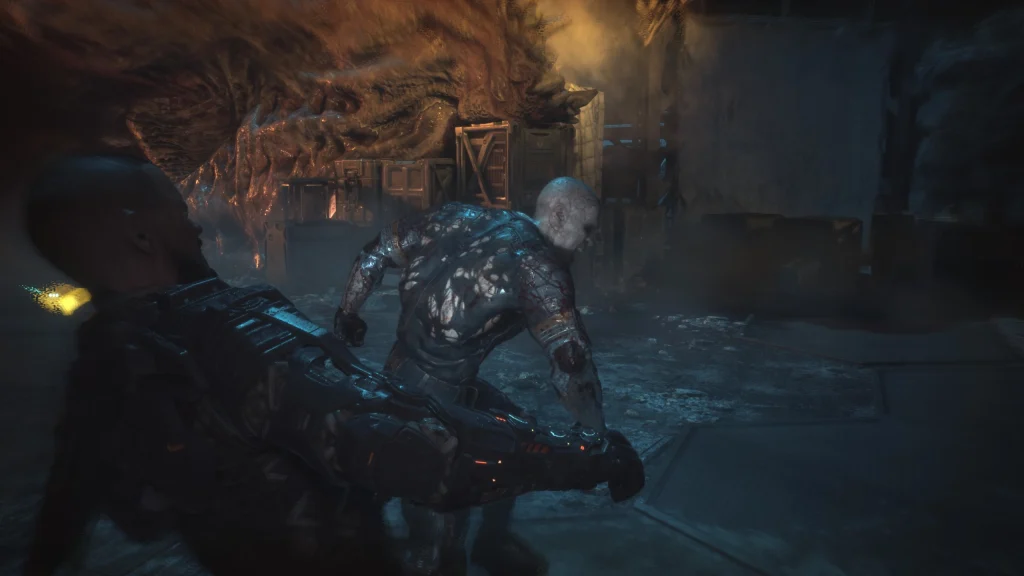
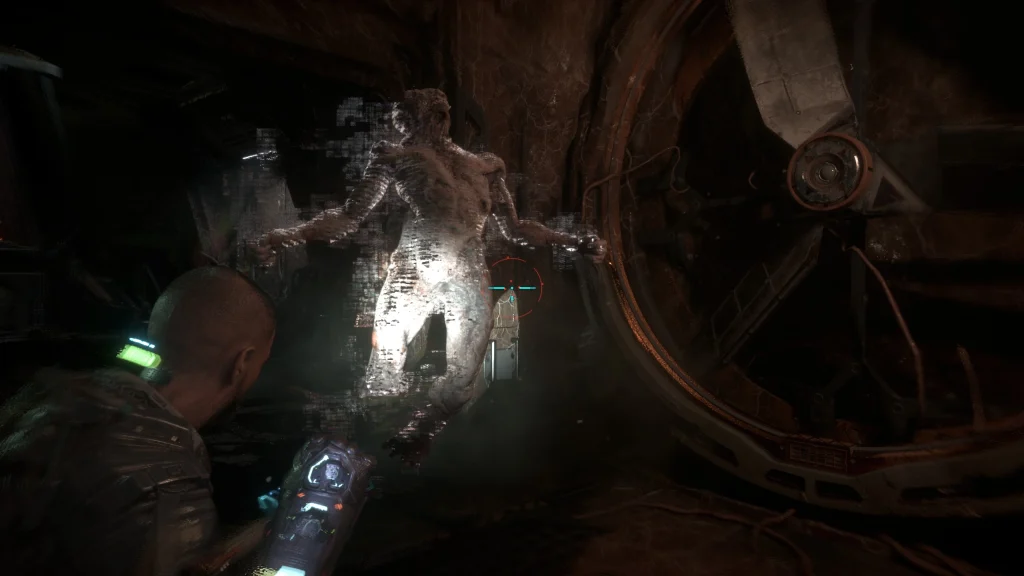
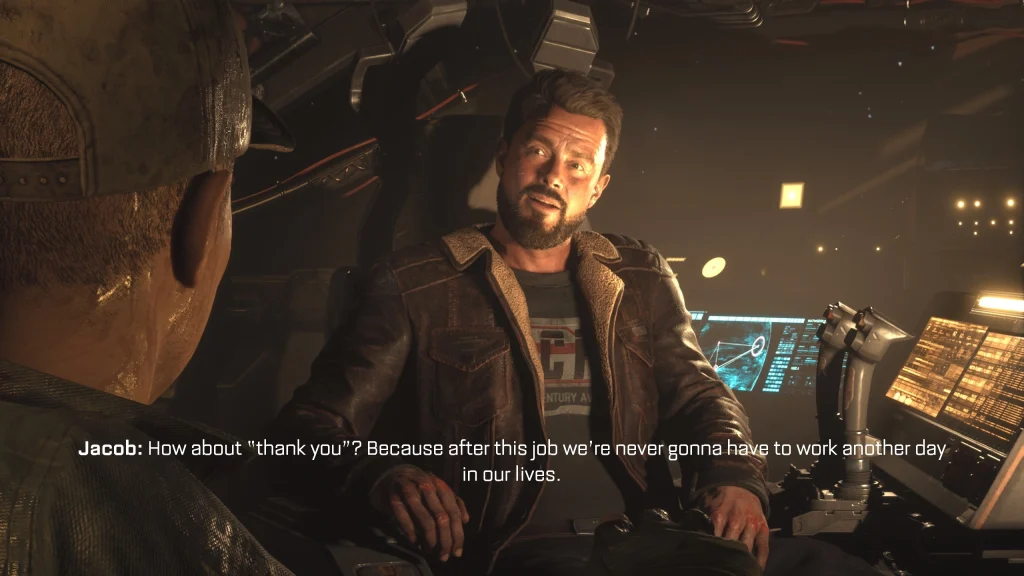
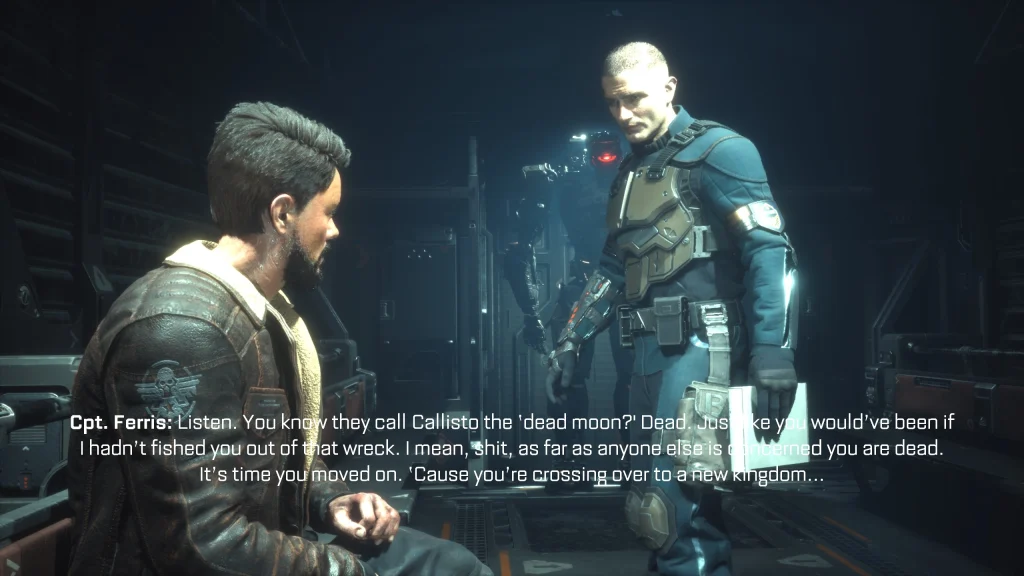
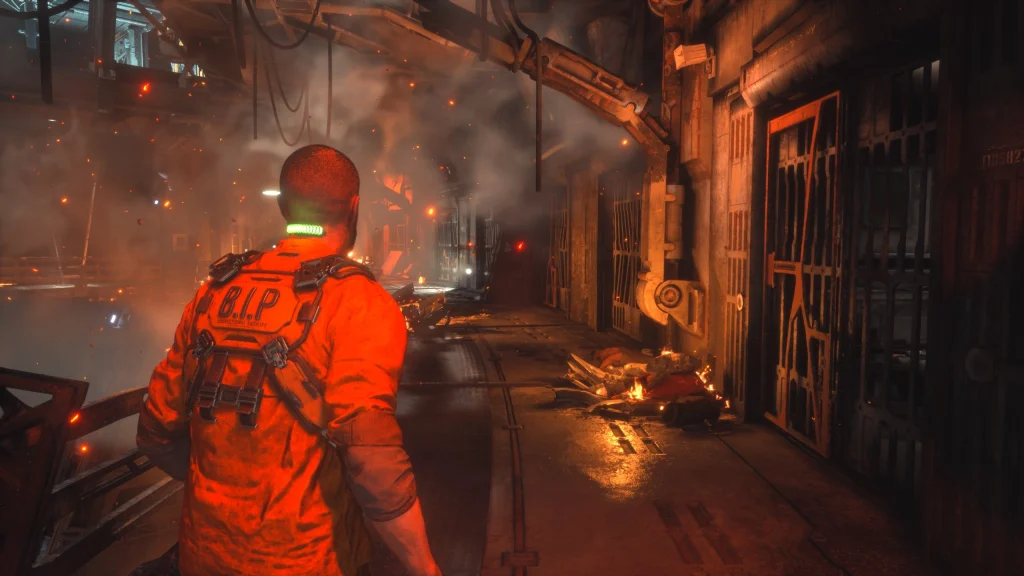
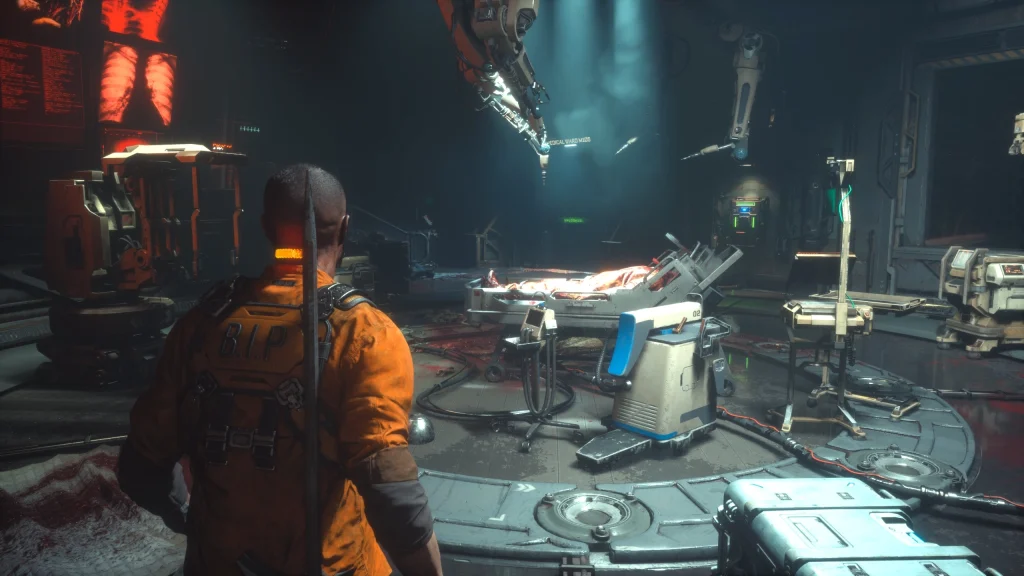
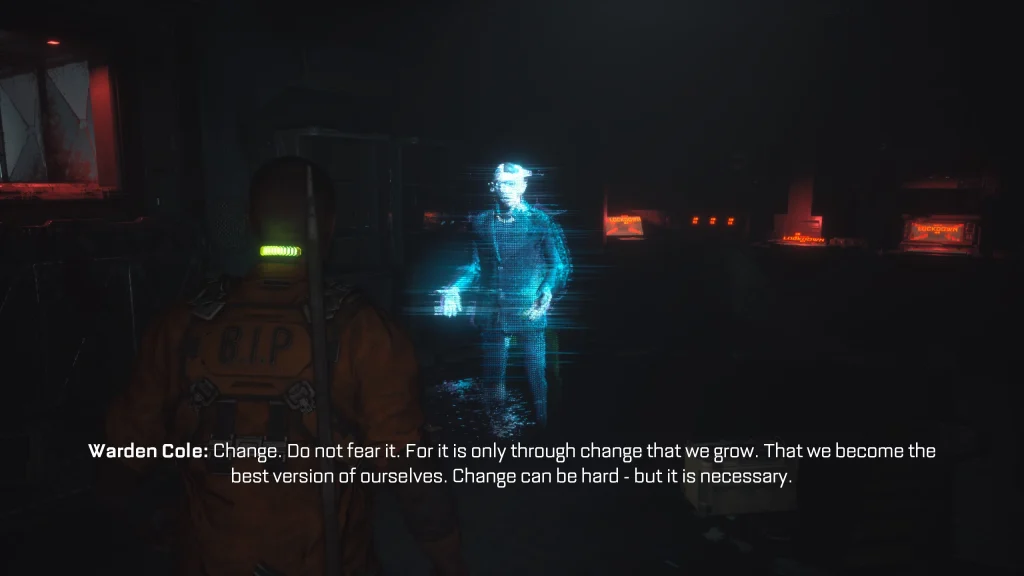
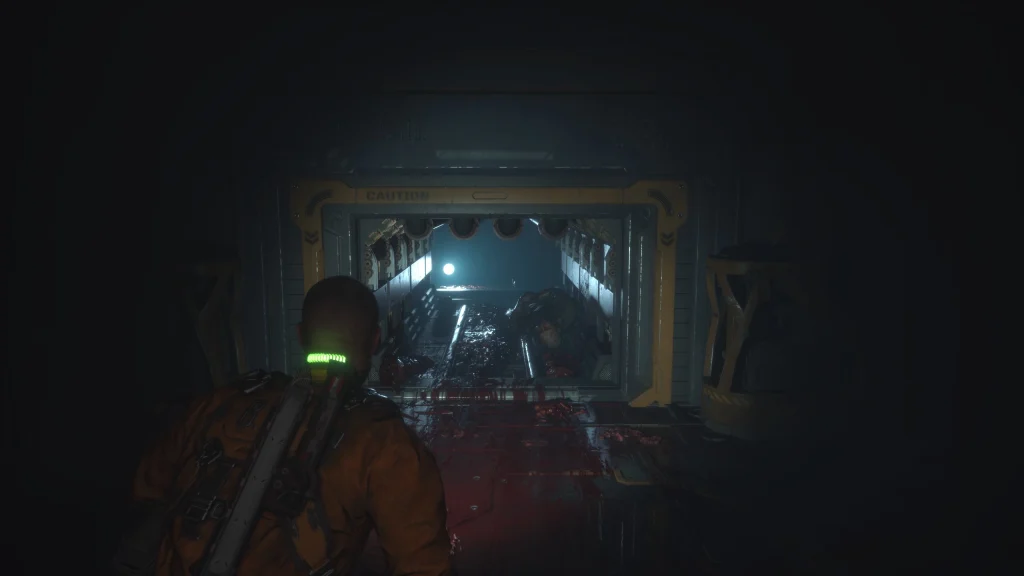
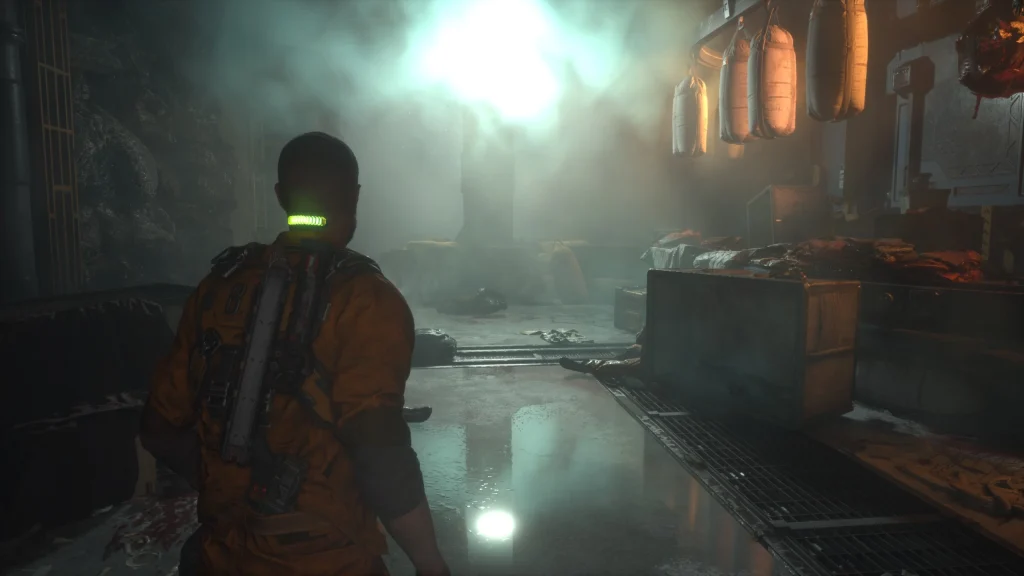
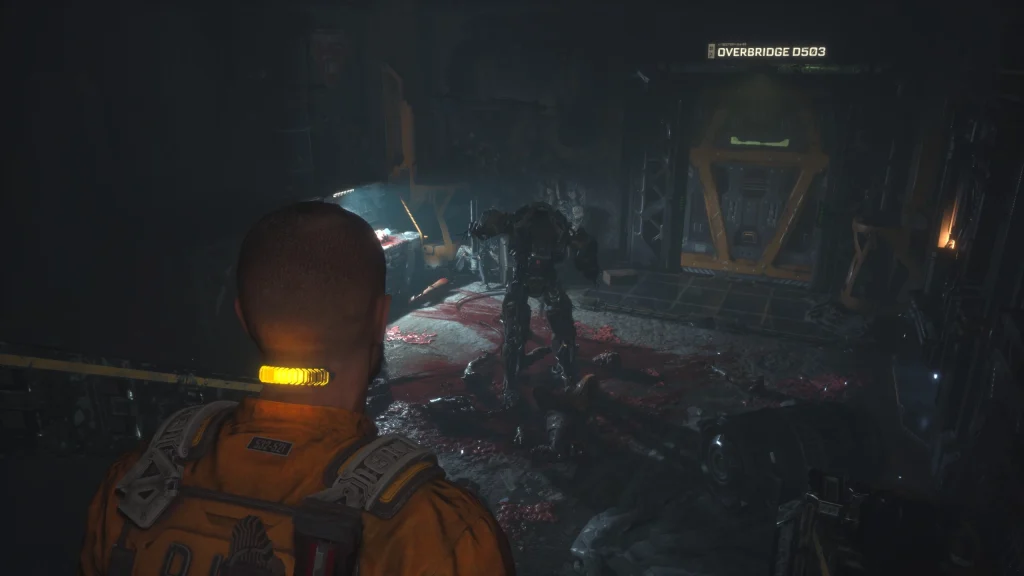
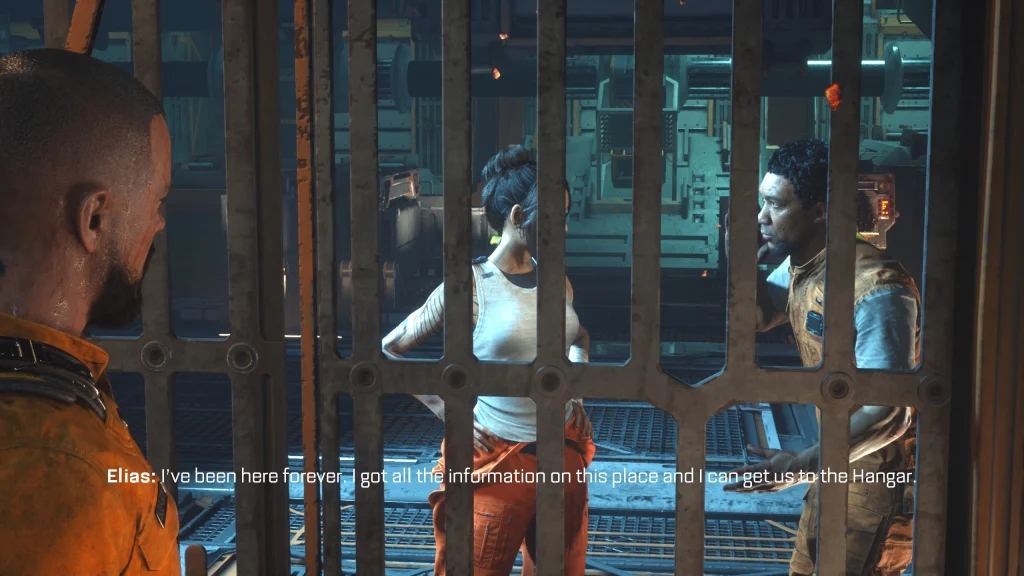
RATING - 82%
82%
Visceral
The Callisto Protocol is a worthwhile sci-fi horror title that brings some interesting elements to the category and could have shot higher if it had avoided some missteps.

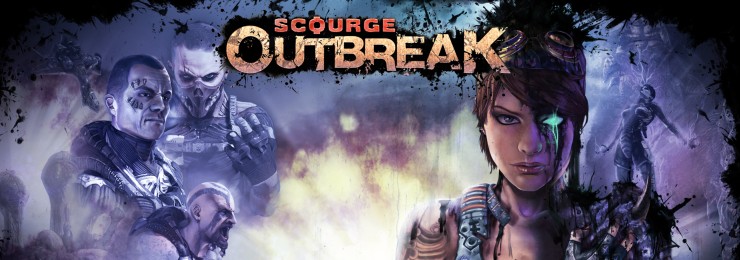
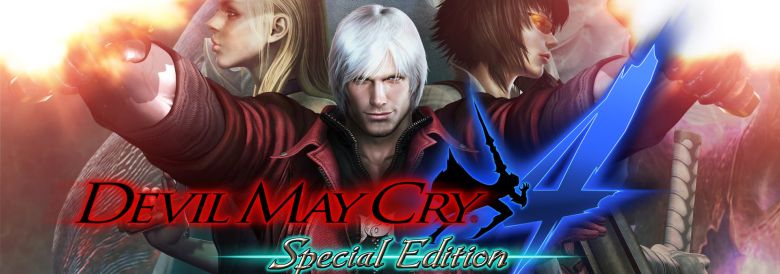
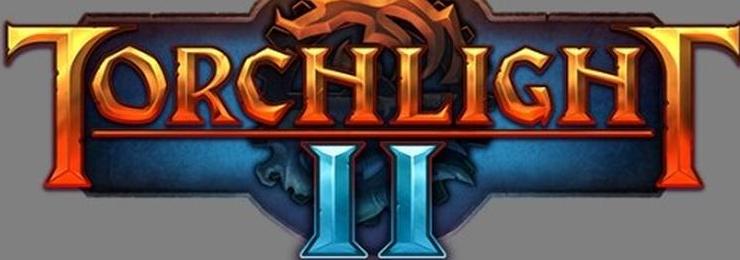


data-trpgettextoriginal=8 comments